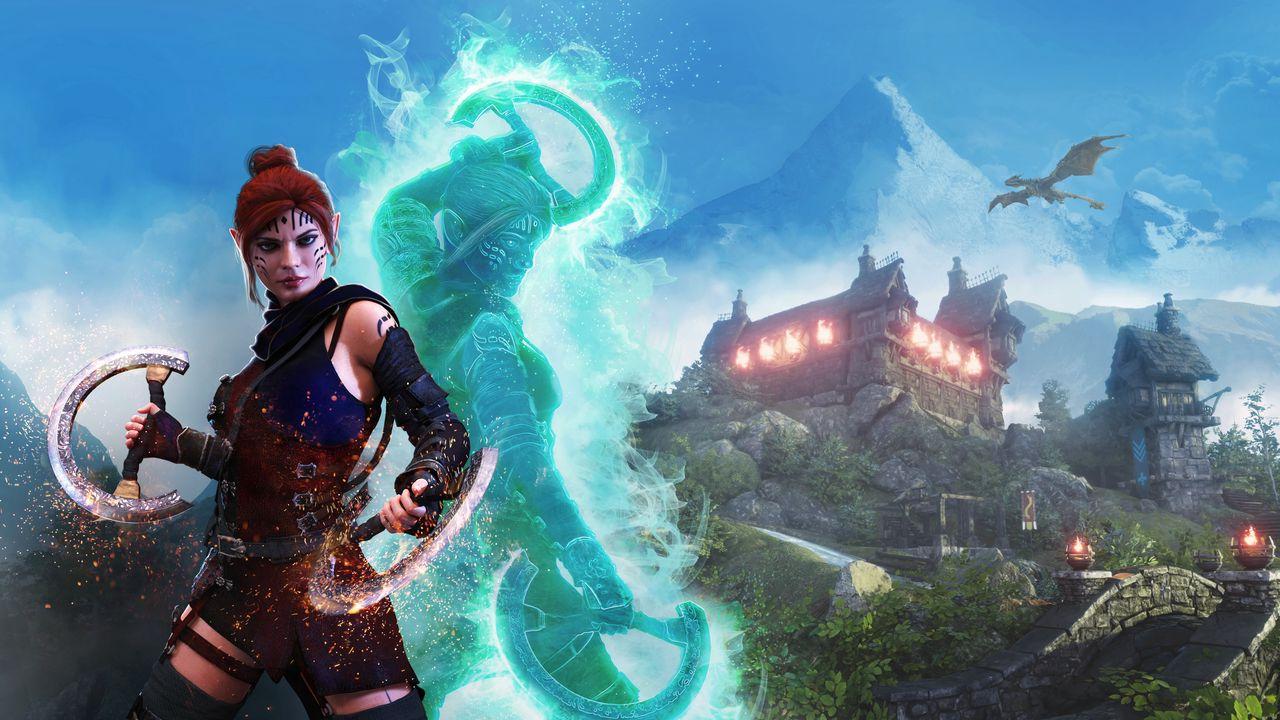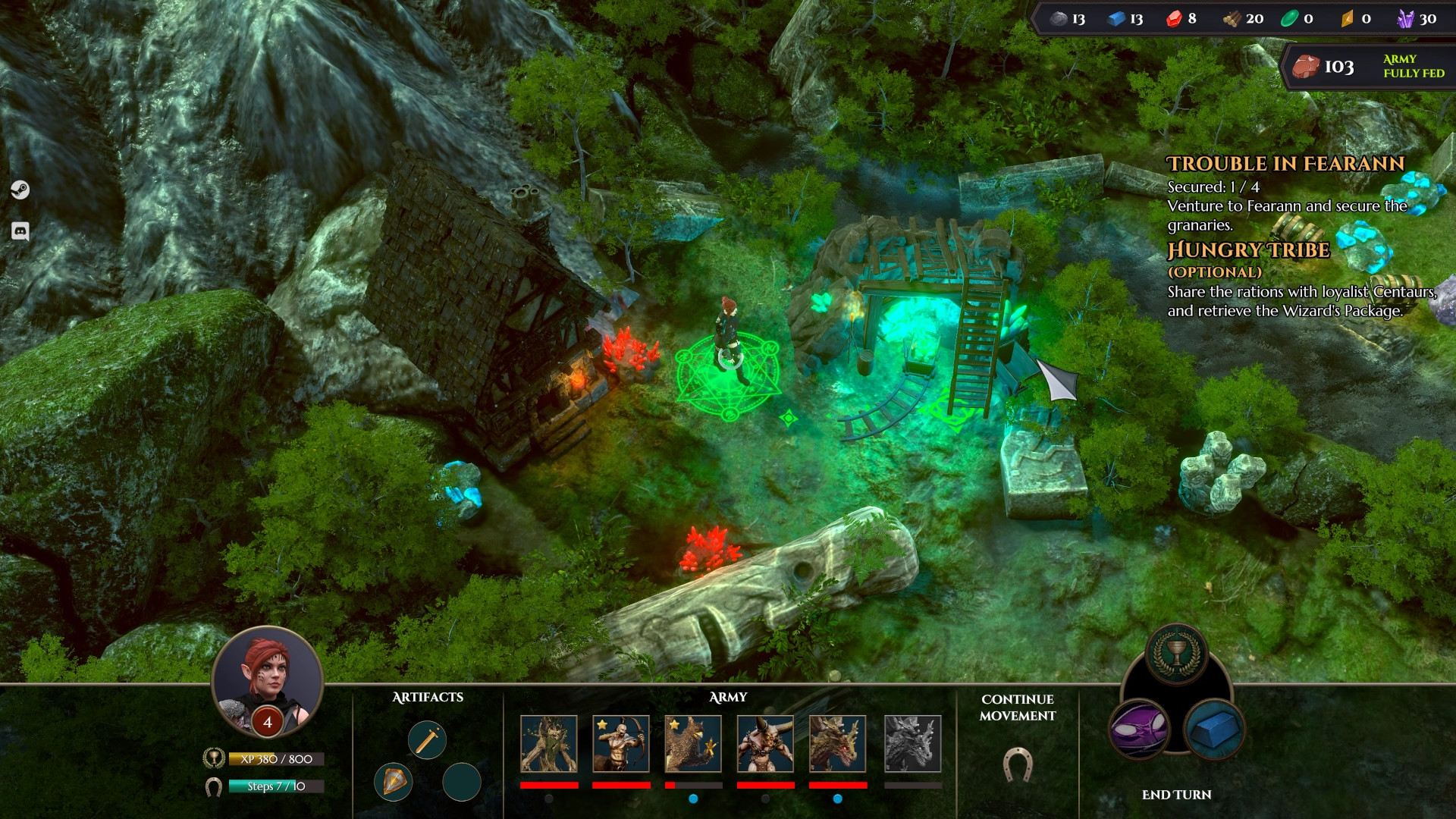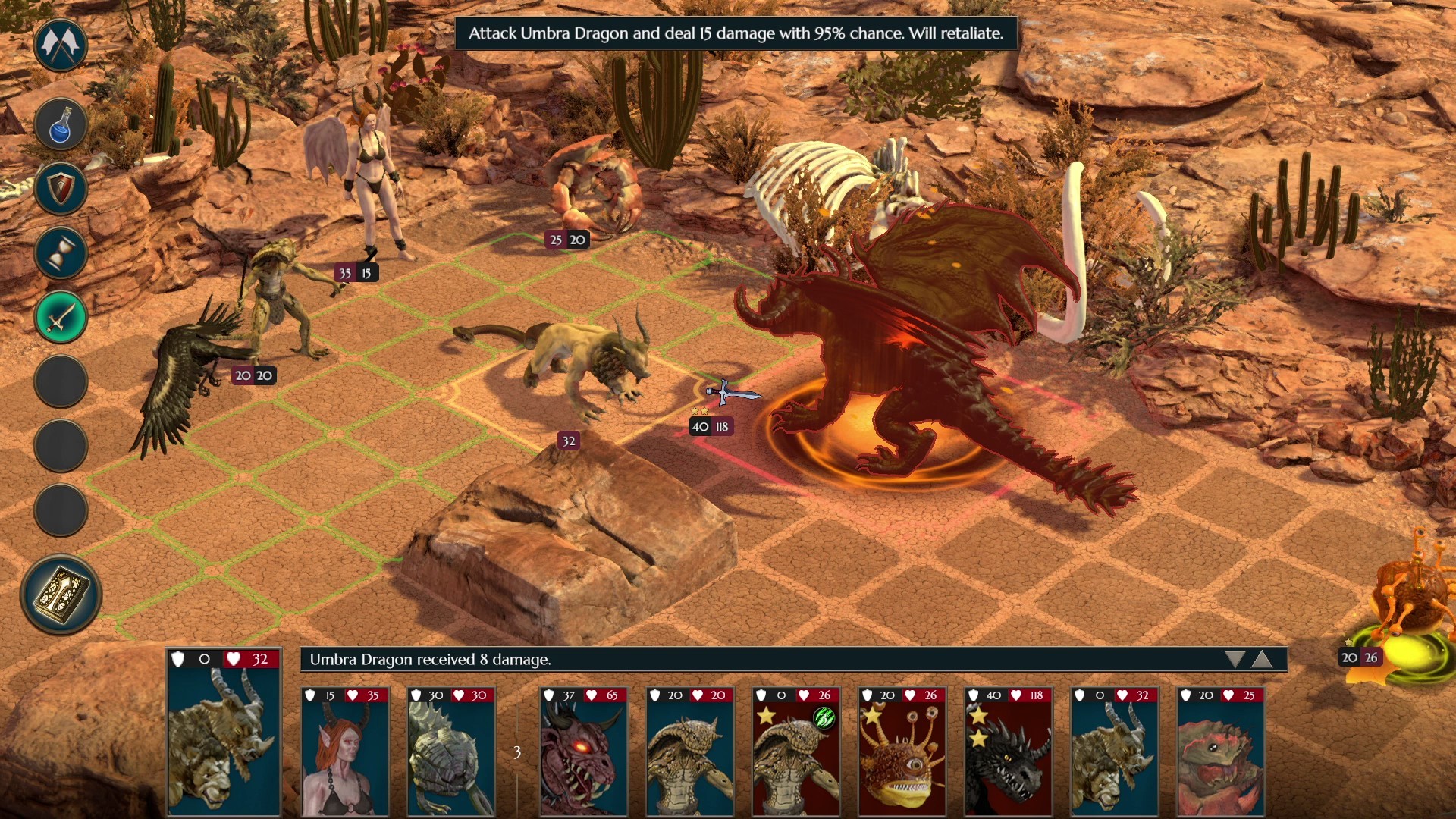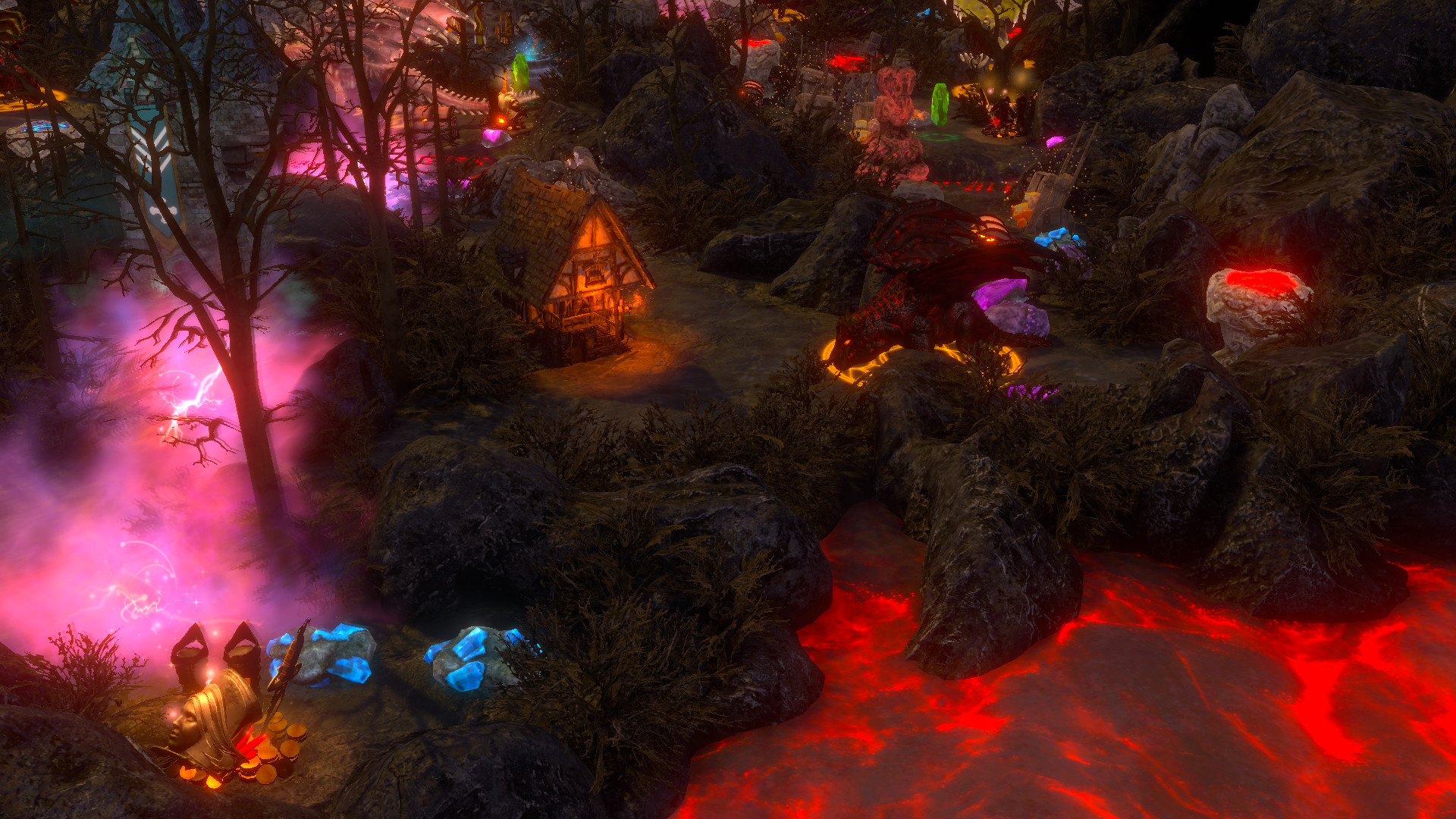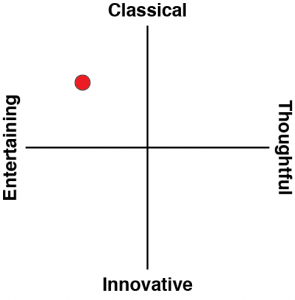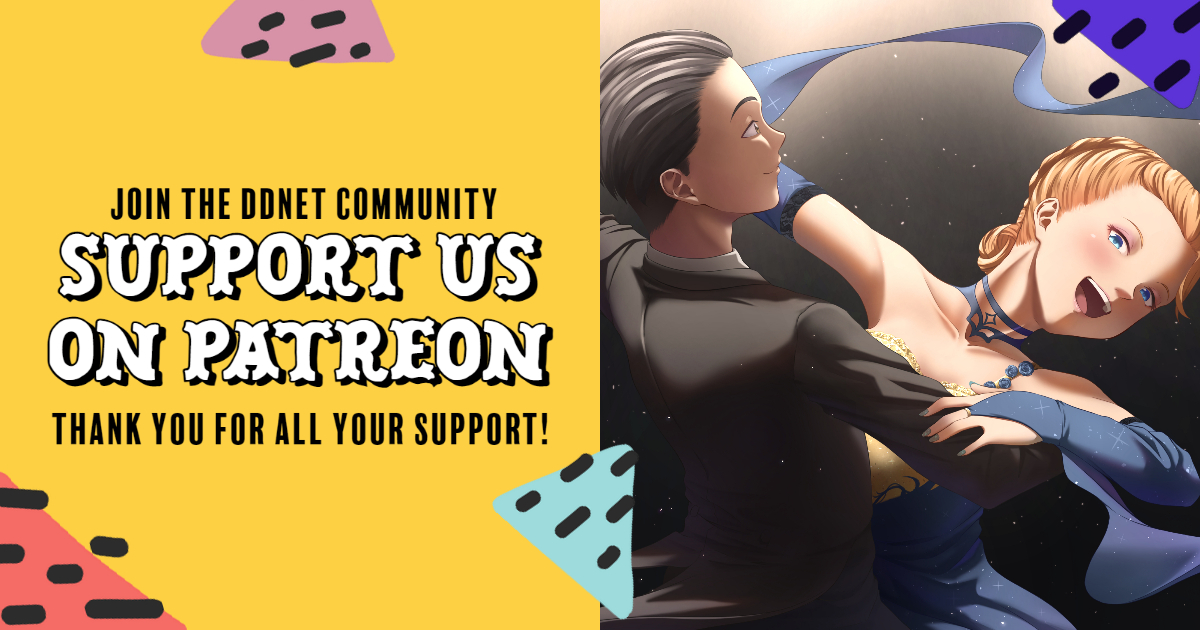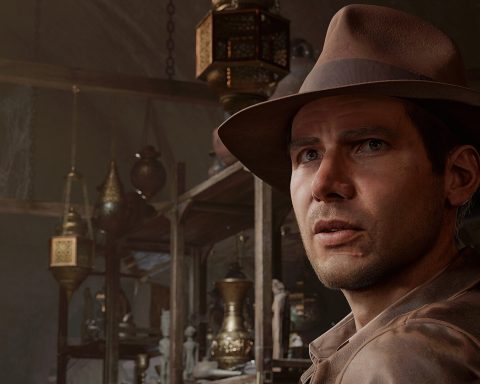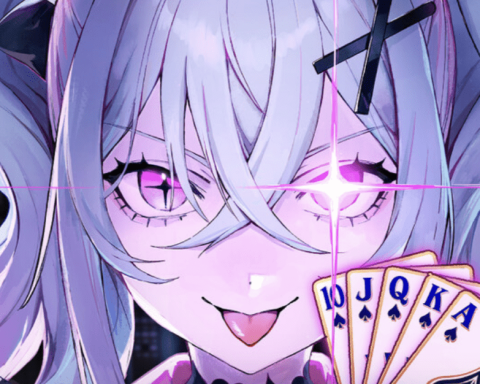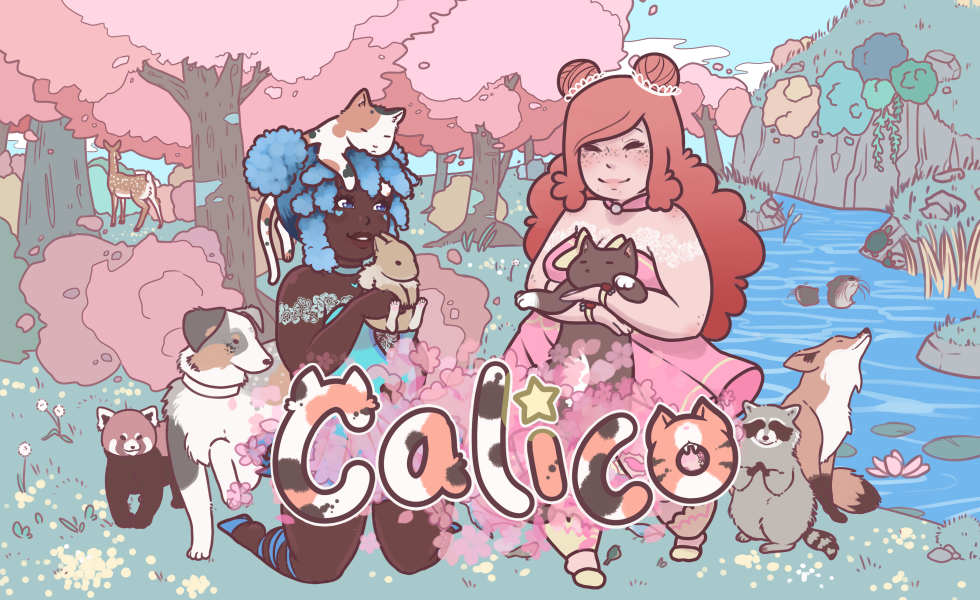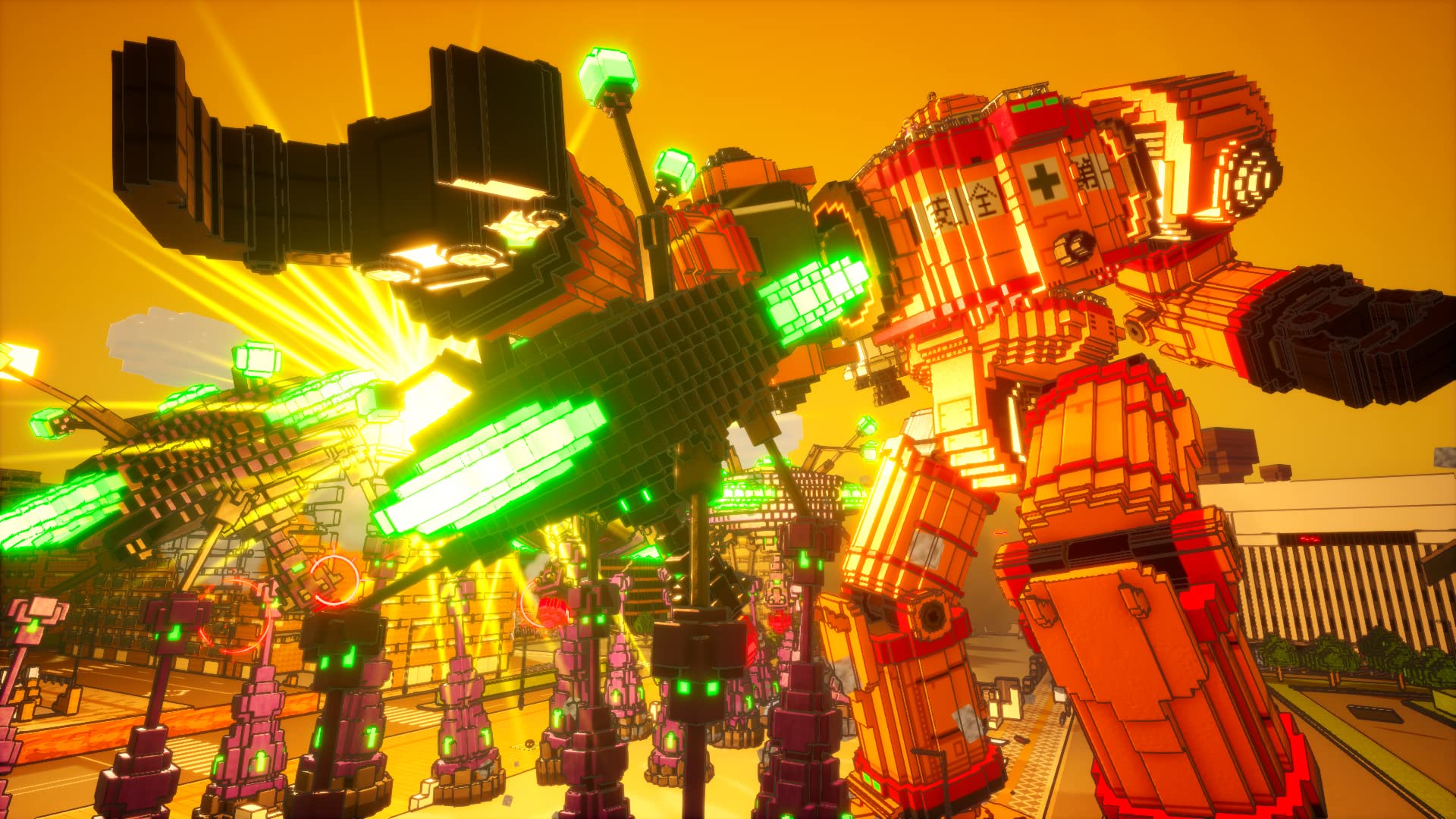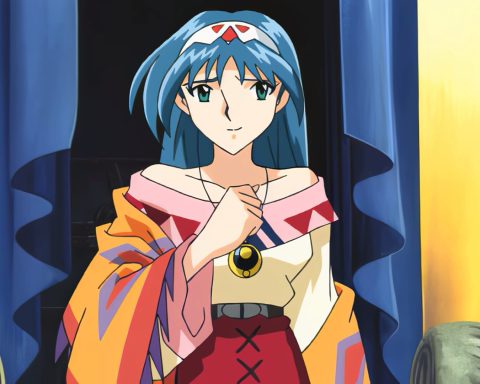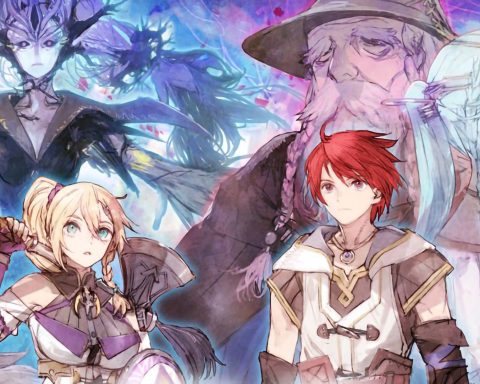Ubisoft’s mismanagement of the Heroes of Might & Magic property has been such a tragedy, because it has left a real void that no one else has quite managed to fill. Apparently, the combination of turn-based tactical combat with turn-based empire-building strategy is harder to achieve than it seems, or something.
There have been noble efforts, to be sure. King’s Bounty II was a better-than-decent effort at bringing a very similar combat feel to an open-world RPG, for example. Immortal Realms was a fun attempt at bringing a gothic horror spin to both combat and empire-building. However, despite these, whenever I’ve had a particular hankering for Heroes of Might & Magic, I still find myself breaking out Heroes of Might & Magic III HD, or the old Game Boy Color Heroes of Might & Magic II on my emulator devices.
The Dragoness: Command of the Flame didn’t make a big splash when it released on Steam last year. In fact, it has less than 100 user reviews, and that’s a pretty good indication that it isn’t about to claim the HOMM throne any time soon. However, it’s also much, much better than the tepid splash it made. I’ve enjoyed puttering around with this one better than almost any other “HOMM-clone” in many years.
It’s the “roguelike twist” that really works in The Dragoness’ favour. I’m one of those that have been thoroughly burned out by the “roguelike genre,” as I feel that developers have been using it as a crutch to avoid actually designing things into their games. It’s the ChatGPT of game design: input prompts and let the algorithm do all the work, at the expense of the game having any soul. It’s also an excuse to build repetitive gameplay loops that mask a shocking lack of depth in most circumstances.
But the HOMM formula does lend itself to the grinding nature of the roguelike, as that series was always about fighting an almost endless succession of battles and, if you went more than two “turns” without fighting anything, you were dragging your heels. More than anything else, The Dragoness captures that core loop beautifully. Each turn you’ll run around collecting resources and, because the best loot was inevitably secured on the other side of a battle, you’ll also find yourself beelining for the enemies on the map.
Once in battle with them, HOMM veterans will appreciate the tactical map. Your forces are arrayed on one side, the enemy on the other. There might be one or two obstacles that affect how you move your units across the map, but for the most part the field is clear and designed to draw both forces together to clash somewhere in the middle (while the ranged units from behind pepper the enemy with projectiles).
The main tactics involved are really quite streamlined: You need to figure out the order in which to target enemies. There’s no point spreading damage across multiple different enemies and trying to whittle down you opponent’s health that way, since this means the enemy counterattack will continue to be at full strength every turn. Rather, you want to concentrate fire to remove one enemy at a time. The right enemy to target comes down to a number of factors (the damage-dealing potential of the enemy, and what debilitating special abilities it might have), and overall, much like HOMM, success in The Dragoness has more to do with your ability to build up and manage an effective team than at tackling each possible combination of enemies.
There’s a good range of units to earn, and there’s a home base that, between quests, you can build up to earn all kinds of other benefits. That’s core to the roguelike loop as well, and here too, it works as well in Dragoness as building up the various cities in Heroes of Might & Magic’s city-building side operates. Perhaps its greatest quality is the flexibility that you end up with. You might only be able to take a skirmish force into battle, but because there is a fair range of effective tactics with party construction, you do get the opportunity to be creative.
The Dragoness is one of those rare examples of a game that has a core gameplay loop that is absorbing enough in isolation that I don’t care so much for the narrative. This is a good thing because most of the rest of it is seriously amateur stuff. The narrative is not only a cliché-riddled mesh of tropes that fails to do anything interesting to subvert or progress them, but the presentation of that narrative is also just plain terrible. Characters sound like audition tapes for Sunday morning cartoon voice acting jobs (developers, you don’t have to hire voice actors if it’s going to be detrimental to the tone of the game), and the various attempts at humour show that the writers are also more aspirational than professional.
This is also a game that has been built for a keyboard and mouse. It’s playable with a controller, but there are little UI quirks that mean you spend far too much time actually thinking about the buttons you’re pressing. For example: At the end of each turn, you’re able to select from one of three “bonuses” that apply to your next turn. These are important strategic decisions, since they’ll give you a better movement rate, heal your units, or restore MP (for just some examples). It’s actually a neat little idea, too, since it does give you a tactical decision at a point where in most other games it’s just a formality and process. But the way it’s cooked into The Dragoness means that there’s two button presses involved – one to select the bonus, and then the other to actually end the turn. It might not sound like much, but it’s a clunky doubling of a perfectly mundane moment in most tactics games and, microsecond by microsecond, turn after turn, it’s little elements of clunkiness like this that leave an overall impression of clumsiness.
If you enjoy the turn-based combat of the Heroes of Might & Magic series, then The Dragoness is one of the better and more faithful interpretations of that very specific style. With Heroes of Might & Magic itself dead at the hands of a publisher that we don’t even want to revive it, this scratches an itch and at least tries to pick up and run with the baton. Does it stumble here and there along the way? Yes, but it’s moreish despite that, and the homage is so genuine that it’s difficult to not find it charming despite its warts.
